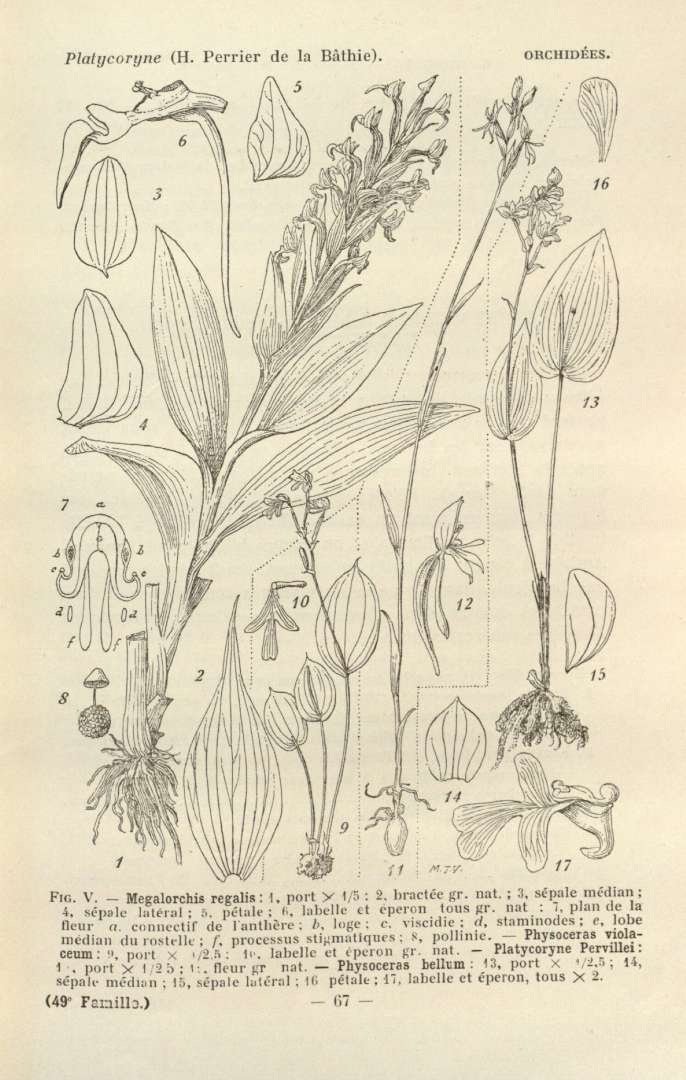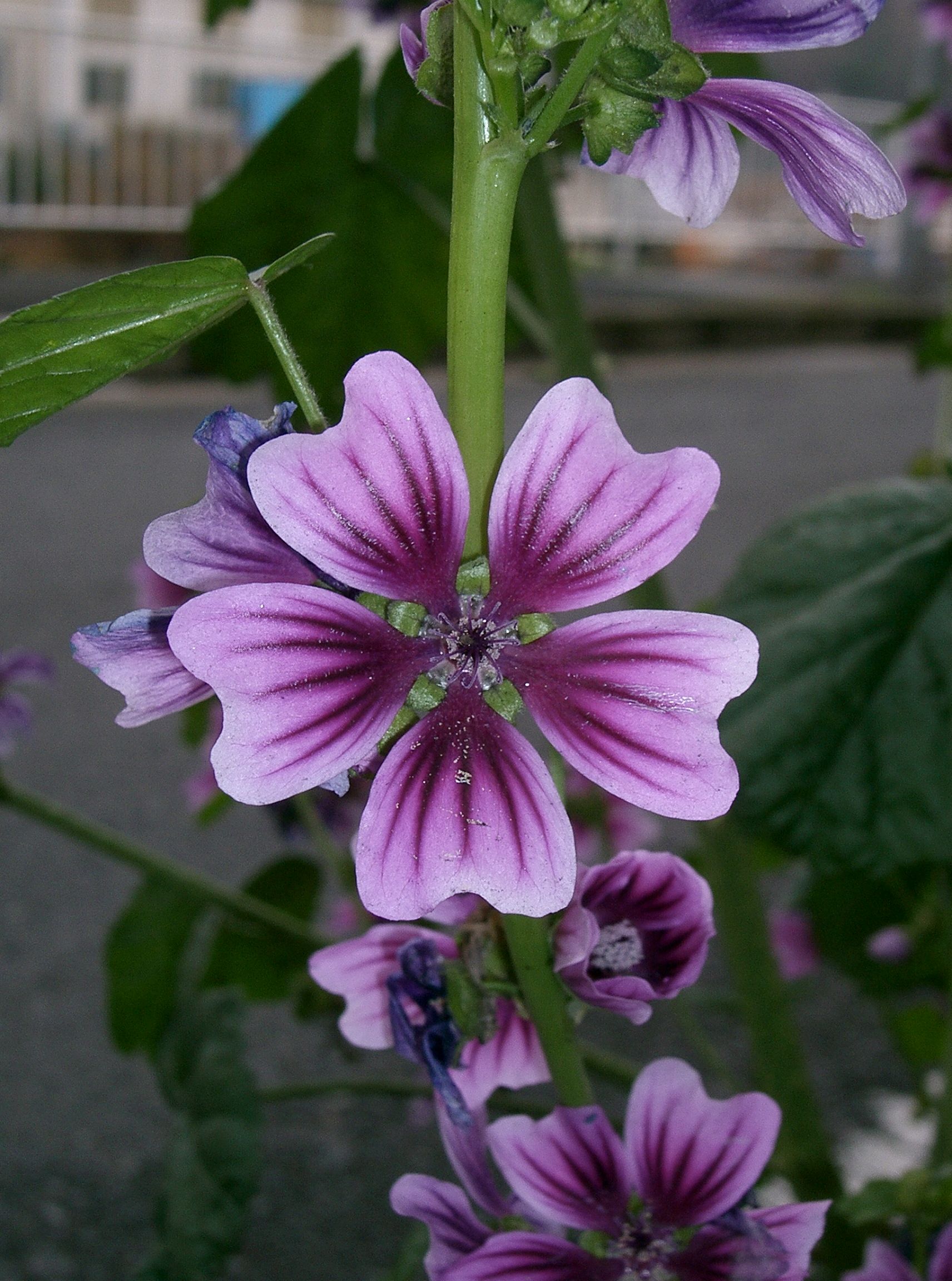|
Jumelleanthus
''Jumelleanthus'' is a monotypic genus of flowering plants belonging to the family Malvaceae. It only contains one species, ''Jumelleanthus perrieri'' Hochr. It is native to Madagascar. The genus name of ''Jumelleanthus'' is in honour of Henri Lucien Jumelle (1866–1935), a French botanist and professor of botany at the Faculté des Sciences in Marseille. The Latin binomial nomenclature, specific epithet of ''perrieri'' refers to botanist and plant collector in Madagascar, Joseph Marie Henry Alfred Perrier de la Bâthie. It was first described and published by Bénédict Pierre Georges Hochreutiner in Candollea Vol.2 on page 81 in 1924. References {{Taxonbar, from1=Q9016638, from2=Q17580183 Malvoideae Malvaceae genera Plants described in 1924 Endemic flora of Madagascar ... [...More Info...] [...Related Items...] OR: [Wikipedia] [Google] [Baidu] |
Joseph Marie Henry Alfred Perrier De La Bâthie
Joseph Marie Henry Alfred Perrier de la Bâthie (11 August 1873 – 2 October 1958) was a French botanist who specialized in the plants of Madagascar. He is the nephew of Eugène Pierre Perrier de la Bâthie, (1825-1916), another botanist, who also collected plants with him. He delineated the two chief floristic provinces of Madagascar (''see'' Ecoregions of Madagascar). Some of his works include ''La végétation malgache'' (1921), ''Biogéographie de plantes de Madagascar'' (1936), and numerous volumes of the serie''Flore de Madagascar et des Comores''(1946-1952). Honours The orchid genus '' Neobathiea'' (originally ''Bathiea'') was named in his honor, as was the indriid lemur Perrier's sifaka (''Propithecus perrieri''). He has other plant genera named in his honour. Such as in 1905, botanist Lucien Désiré Joseph Courchet published ''Perriera'', a genus of flowering plants from Madagascar, belonging to the family Simaroubaceae. Then in 1915, botanist Hochr. published ''Pe ... [...More Info...] [...Related Items...] OR: [Wikipedia] [Google] [Baidu] |
Henri Lucien Jumelle
Henri Lucien Jumelle (25 November 1866 in Dreux, Eure-et-Loir Department France – 6 December 1935 in Marseille, Bouches-du-Rhône Department, France) was a French botanist. From 1887 to 1894, he worked as a plant physiologist at the Faculté des Sciences in Paris. Afterwards, he was a professor of botany at the Faculté des Sciences in Marseille (1894-1935).JSTOR Global Plants Jumelle, Henri Lucien (1866-1935) From 1898 to 1916, he was assistant director, then director of the ''Musée colonial et du Jardin botanique'' in Marseille.Prosopo Sociétés savantes de France He held a deep interest in applied botany, publishing numerous treatises on the agricultural aspects of various plants. [...More Info...] [...Related Items...] OR: [Wikipedia] [Google] [Baidu] |
Malvoideae
Malvoideae is a botanical name at the rank of subfamily, which includes in the minimum the genus ''Malva''. It was first used by Burnett in 1835, but was not much used until recently, where, within the framework of the APG System, which unites the families Malvaceae, Bombacaceae, Sterculiaceae and Tiliaceae of the Cronquist system, the aggregate family Malvaceae is divided into 9 subfamilies, including Malvoideae. The Malvoideae of Kubitzki and Bayer includes 4 tribes: *Malveae ('' Abutilon, Alcea, Malva, Sidalcea'' etc.) *Gossypieae (''Gossypium'', the cottons etc.) *Hibisceae (''Hibiscus'' etc.) * Kydieae *- and two unplaced genera:- **'' Jumelleanthus'' **'' Howittia'' The genus '' Alyogyne'' was once included in the genus ''Hibiscus'' but is not included there anymore. It is not placed in the Hibisceae either and some resources, such as the GRIN include it in the Gossypieae. The GRIN also excludes ''Thepparatia'' from the Gossypieae. Baum et al. have a wider concept (clad ... [...More Info...] [...Related Items...] OR: [Wikipedia] [Google] [Baidu] |
Monotypic
In biology, a monotypic taxon is a taxonomic group (taxon) that contains only one immediately subordinate taxon. A monotypic species is one that does not include subspecies or smaller, infraspecific taxa. In the case of genera, the term "unispecific" or "monospecific" is sometimes preferred. In botanical nomenclature, a monotypic genus is a genus in the special case where a genus and a single species are simultaneously described. In contrast, an oligotypic taxon contains more than one but only a very few subordinate taxa. Examples Just as the term ''monotypic'' is used to describe a taxon including only one subdivision, the contained taxon can also be referred to as monotypic within the higher-level taxon, e.g. a genus monotypic within a family. Some examples of monotypic groups are: Plants * In the order Amborellales, there is only one family, Amborellaceae and there is only one genus, '' Amborella'', and in this genus there is only one species, namely ''Amborella trichopoda. ... [...More Info...] [...Related Items...] OR: [Wikipedia] [Google] [Baidu] |
Flowering Plant
Flowering plants are plants that bear flowers and fruits, and form the clade Angiospermae (), commonly called angiosperms. The term "angiosperm" is derived from the Greek words ('container, vessel') and ('seed'), and refers to those plants that produce their seeds enclosed within a fruit. They are by far the most diverse group of land plants with 64 orders, 416 families, approximately 13,000 known genera and 300,000 known species. Angiosperms were formerly called Magnoliophyta (). Like gymnosperms, angiosperms are seed-producing plants. They are distinguished from gymnosperms by characteristics including flowers, endosperm within their seeds, and the production of fruits that contain the seeds. The ancestors of flowering plants diverged from the common ancestor of all living gymnosperms before the end of the Carboniferous, over 300 million years ago. The closest fossil relatives of flowering plants are uncertain and contentious. The earliest angiosperm fossils ar ... [...More Info...] [...Related Items...] OR: [Wikipedia] [Google] [Baidu] |
Malvaceae
Malvaceae, or the mallows, is a family of flowering plants estimated to contain 244 genera with 4225 known species. Well-known members of economic importance include okra, cotton, cacao and durian. There are also some genera containing familiar ornamentals, such as ''Alcea'' (hollyhock), ''Malva'' (mallow), and ''Tilia'' (lime or linden tree). The largest genera in terms of number of species include ''Hibiscus'' (300 species), ''Sterculia'' (250 species), ''Dombeya'' (250 species), '' Pavonia'' (200 species) and '' Sida'' (200 species). Taxonomy and nomenclature The circumscription of the Malvaceae is controversial. The traditional Malvaceae '' sensu stricto'' comprise a very homogeneous and cladistically monophyletic group. Another major circumscription, Malvaceae ''sensu lato'', has been more recently defined on the basis that genetics studies have shown the commonly recognised families Bombacaceae, Tiliaceae, and Sterculiaceae, which have always been considered closely allie ... [...More Info...] [...Related Items...] OR: [Wikipedia] [Google] [Baidu] |
Marseille
Marseille ( , , ; also spelled in English as Marseilles; oc, Marselha ) is the prefecture of the French department of Bouches-du-Rhône and capital of the Provence-Alpes-Côte d'Azur region. Situated in the camargue region of southern France, it is located on the coast of the Gulf of Lion, part of the Mediterranean Sea, near the mouth of the Rhône river. Its inhabitants are called ''Marseillais''. Marseille is the second most populous city in France, with 870,731 inhabitants in 2019 (Jan. census) over a municipal territory of . Together with its suburbs and exurbs, the Marseille metropolitan area, which extends over , had a population of 1,873,270 at the Jan. 2019 census, the third most populated in France after those of Paris and Lyon. The cities of Marseille, Aix-en-Provence, and 90 suburban municipalities have formed since 2016 the Aix-Marseille-Provence Metropolis, an Indirect election, indirectly elected Métropole, metropolitan authority now in charge of wider metropo ... [...More Info...] [...Related Items...] OR: [Wikipedia] [Google] [Baidu] |
Binomial Nomenclature
In taxonomy, binomial nomenclature ("two-term naming system"), also called nomenclature ("two-name naming system") or binary nomenclature, is a formal system of naming species of living things by giving each a name composed of two parts, both of which use Latin grammatical forms, although they can be based on words from other languages. Such a name is called a binomial name (which may be shortened to just "binomial"), a binomen, name or a scientific name; more informally it is also historically called a Latin name. The first part of the name – the '' generic name'' – identifies the genus to which the species belongs, whereas the second part – the specific name or specific epithet – distinguishes the species within the genus. For example, modern humans belong to the genus ''Homo'' and within this genus to the species ''Homo sapiens''. ''Tyrannosaurus rex'' is likely the most widely known binomial. The ''formal'' introduction of this system of naming species is credit ... [...More Info...] [...Related Items...] OR: [Wikipedia] [Google] [Baidu] |
Bénédict Pierre Georges Hochreutiner
Bénédict Pierre Georges Hochreutiner (1873-1959) was a Swiss botanist and plant taxonomist.Nationaal Herbarium NederlandBiographical page retrieved 2009-03-30 A native of Saint-Gall, he studied theology and natural sciences in Geneva. In 1896 he was an assistant to John Isaac Briquet at the ''Conservatoire et Jardin Botaniques'' at Geneva. In 1901 he made a scientific trip to Algeria, and in 1903–05 was associated with the botanic gardens (herbarium) at Buitenzorg in the Dutch East Indies. In 1906 he was named curator of the ''Conservatoire et Jardin Botaniques'', where in 1931 he was appointed director. In 1919 he became a professor of botany.BHL Taxonomic literature : a selective guide to botanical publications As a taxonomist, he circumscribed many botanical species. The genus '' [...More Info...] [...Related Items...] OR: [Wikipedia] [Google] [Baidu] |
Malvaceae Genera
Malvaceae, or the mallows, is a family of flowering plants estimated to contain 244 genera with 4225 known species. Well-known members of economic importance include okra, cotton, cacao and durian. There are also some genera containing familiar ornamentals, such as ''Alcea'' (hollyhock), ''Malva'' (mallow), and ''Tilia'' (lime or linden tree). The largest genera in terms of number of species include ''Hibiscus'' (300 species), ''Sterculia'' (250 species), ''Dombeya'' (250 species), '' Pavonia'' (200 species) and '' Sida'' (200 species). Taxonomy and nomenclature The circumscription of the Malvaceae is controversial. The traditional Malvaceae '' sensu stricto'' comprise a very homogeneous and cladistically monophyletic group. Another major circumscription, Malvaceae ''sensu lato'', has been more recently defined on the basis that genetics studies have shown the commonly recognised families Bombacaceae, Tiliaceae, and Sterculiaceae, which have always been considered closely allie ... [...More Info...] [...Related Items...] OR: [Wikipedia] [Google] [Baidu] |
Plants Described In 1924
Plants are predominantly photosynthetic eukaryotes of the kingdom Plantae. Historically, the plant kingdom encompassed all living things that were not animals, and included algae and fungi; however, all current definitions of Plantae exclude the fungi and some algae, as well as the prokaryotes (the archaea and bacteria). By one definition, plants form the clade Viridiplantae (Latin name for "green plants") which is sister of the Glaucophyta, and consists of the green algae and Embryophyta (land plants). The latter includes the flowering plants, conifers and other gymnosperms, ferns and their allies, hornworts, liverworts, and mosses. Most plants are multicellular organisms. Green plants obtain most of their energy from sunlight via photosynthesis by primary chloroplasts that are derived from endosymbiosis with cyanobacteria. Their chloroplasts contain chlorophylls a and b, which gives them their green color. Some plants are parasitic or mycotrophic and have lost the ability ... [...More Info...] [...Related Items...] OR: [Wikipedia] [Google] [Baidu] |






